Ibex
Taxonomy and Evolution
The Ibex, also known as the wild goat, belongs to the Bovidae family and the Capra genus. The genus Capra includes several species of ibexes, such as the Alpine ibex (Capra ibex), the Nubian ibex (Capra nubiana), and the Spanish ibex (Capra pyrenaica) among others[1].
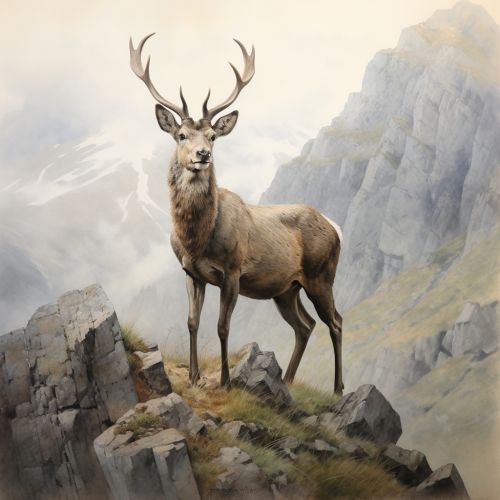
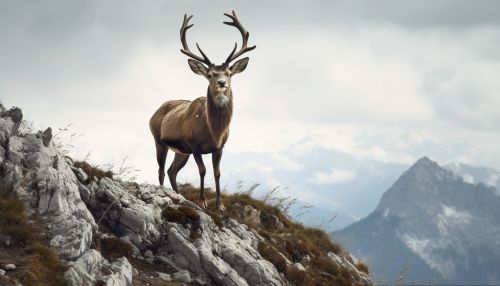
The evolution of the ibex is closely tied to the evolution of the goat. The first known ibex fossils date back to the Pleistocene epoch, approximately 1.8 million years ago. These early ibexes were likely smaller and less specialized than their modern counterparts[2].
Physical Characteristics
Ibexes are known for their distinctive, backward-curving horns, which are present in both males and females, although they are significantly larger in males. The size and shape of the horns vary between species, but they can reach up to 1.5 meters in length in some species, such as the Alpine ibex[3].
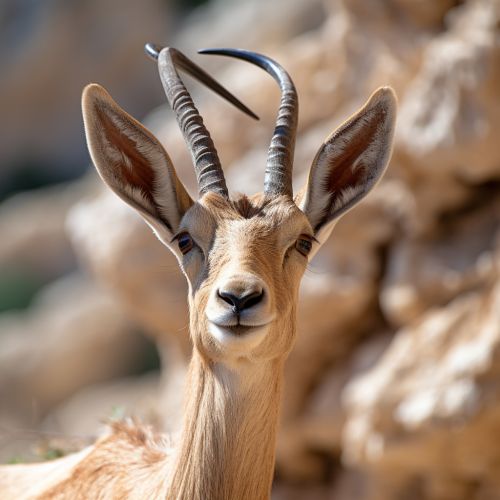
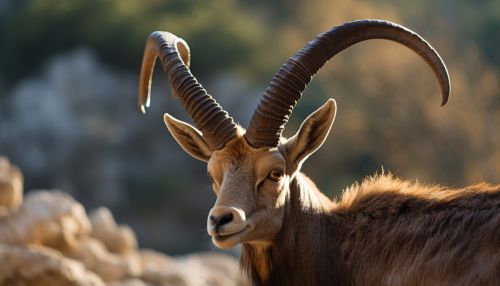
Ibexes have a robust and agile body, adapted to the harsh mountainous environments they inhabit. They have a dense coat, which varies in color from species to species, but is generally brown or grey. Their underparts are usually lighter, often white or cream. They have a beard on their chin, and males often have a larger, more pronounced beard than females[4].
Habitat and Distribution
Ibexes are typically found in mountainous regions, where they are well adapted to navigate steep, rocky terrain. They are distributed across several continents, including Europe, Asia, and Africa. The specific habitat and distribution of ibexes vary depending on the species[5].

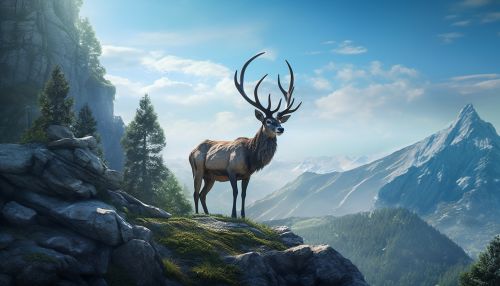
Behavior and Ecology
Ibexes are social animals, typically forming herds of females and young, with separate bachelor herds of males. They are primarily diurnal, being most active in the early morning and late afternoon[6].
Ibexes are herbivores, feeding on a variety of vegetation, including grasses, leaves, and twigs. Their diet varies seasonally, with a preference for fresh growth in the spring and woody vegetation in the winter[7].
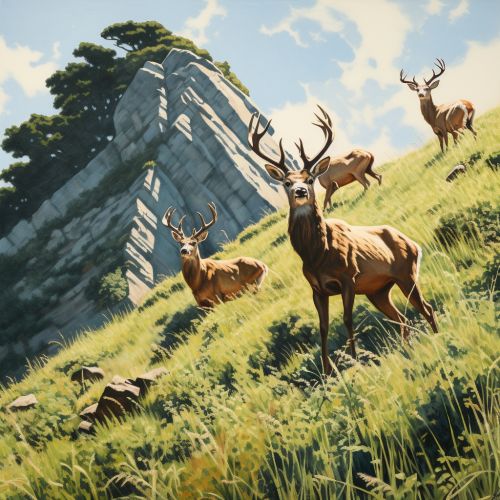

Reproduction and Lifespan
The mating season for ibexes typically occurs in the fall, with males engaging in intense battles for access to females. Females give birth to one or two offspring in the spring, after a gestation period of around 170 days[8].
Ibexes have a lifespan of around 10 to 14 years in the wild, although some individuals have been known to live up to 20 years[9].


Conservation Status
The conservation status of ibexes varies by species. Some species, such as the Alpine ibex, have been successfully reintroduced and their populations are stable. However, other species, such as the Nubian ibex, are considered vulnerable due to habitat loss and hunting[10].
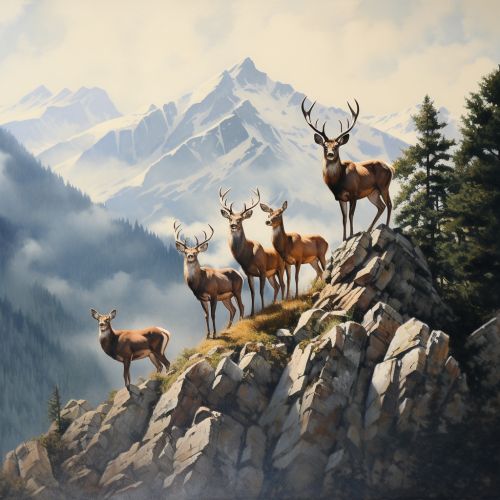

See Also
References
- ↑ Shackleton, D. M. (1997). Wild Sheep and Goats and Their Relatives: Status Survey and Conservation Action Plan for Caprinae. IUCN. p. 190. ISBN 978-2-8317-0353-0.
- ↑ Valdiosera, C. E. et al. (2008). "Surprising migration and population size dynamics in ancient Iberian brown bears (Ursus arctos)". Proceedings of the National Academy of Sciences. 105 (13): 5123–5128. doi:10.1073/pnas.0712223105.
- ↑ Grubb, P. (2005). "Order Artiodactyla". In Wilson, D. E.; Reeder, D. M (eds.). Mammal Species of the World (3rd ed.). Johns Hopkins University Press. pp. 637–722. ISBN 978-0-8018-8221-0.
- ↑ Shackleton, D. M. (1997). Wild Sheep and Goats and Their Relatives: Status Survey and Conservation Action Plan for Caprinae. IUCN. p. 190. ISBN 978-2-8317-0353-0.
- ↑ Valdez, R. (2008). "Capra ibex". IUCN Red List of Threatened Species. IUCN. 2008: e.T42397A10697469. doi:10.2305/IUCN.UK.2008.RLTS.T42397A10697469.en.
- ↑ Shackleton, D. M. (1997). Wild Sheep and Goats and Their Relatives: Status Survey and Conservation Action Plan for Caprinae. IUCN. p. 190. ISBN 978-2-8317-0353-0.
- ↑ Shackleton, D. M. (1997). Wild Sheep and Goats and Their Relatives: Status Survey and Conservation Action Plan for Caprinae. IUCN. p. 190. ISBN 978-2-8317-0353-0.
- ↑ Valdez, R. (2008). "Capra ibex". IUCN Red List of Threatened Species. IUCN. 2008: e.T42397A10697469. doi:10.2305/IUCN.UK.2008.RLTS.T42397A10697469.en.
- ↑ Valdez, R. (2008). "Capra ibex". IUCN Red List of Threatened Species. IUCN. 2008: e.T42397A10697469. doi:10.2305/IUCN.UK.2008.RLTS.T42397A10697469.en.
- ↑ Valdez, R. (2008). "Capra ibex". IUCN Red List of Threatened Species. IUCN. 2008: e.T42397A10697469. doi:10.2305/IUCN.UK.2008.RLTS.T42397A10697469.en.
